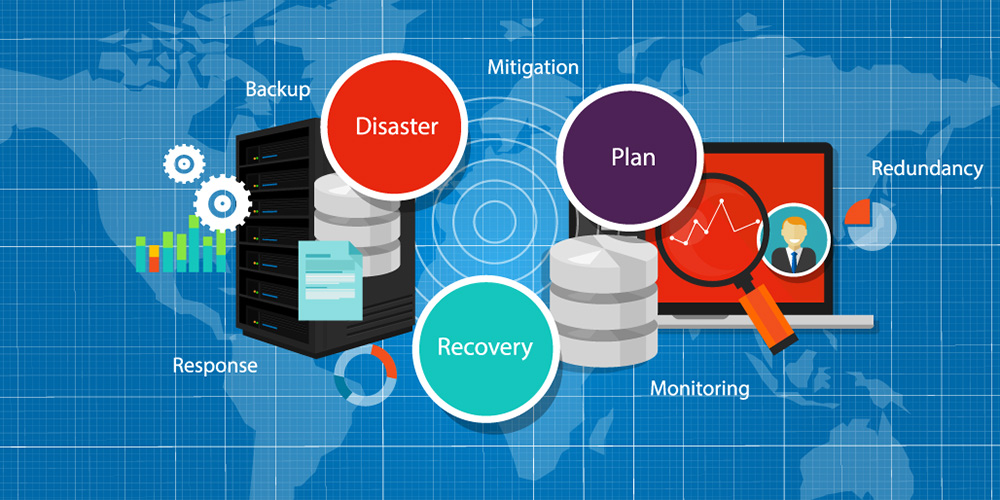With disasters–natural and manmade–in the news, preparedness in the form of a business continuity plan is vital. Disaster recovery, or the ability of a business to continue running during and after a disaster, is a key part of business continuity. Read on to learn more about developing a plan to keep your business operating even when things go wrong.
The Importance of Being Prepared During a Disaster Recovery Scenario
According to an article by CompTIA, 40% of businesses do not reopen after a disaster. A quarter (25%) of unprepared businesses fail within one year. A disaster recovery (DR) plan enables businesses to respond, not just react, in the event of a disaster. It is a subset of an overall plan, and has to do with immediate access to systems and applications–and their associated data. The company can stay in business, without loss of revenue or reputation.
Creating a BC/DR Plan: Questions to Consider
The first question to consider in developing a DR plan is determining which systems are mission-critical, most crucial to conducting business. Some, such as communications, important applications and data storage, are the most essential; others can wait until the disaster is over. How much downtime can your business handle, without loss of revenue or reputation? With regard to data storage, consider whether it should be kept on-premises or be stored remotely in a data center. Is the network redundant; that is, if one section goes down, can another take up the load in its place? For data storage, the cloud can also be a good option, and using the cloud has become a trend in recent years. Of course, whether your business chooses a public or private cloud depends on whether it is subject to data protection regulations.
Testing Your Disaster Recovery Plan
Once your disaster recovery plan has been developed and implemented, be sure to test your procedures periodically. Testing’s benefit is to learn how your systems will function, and discover if any bottlenecks exist or if any data is corrupted or lost. Problems can be found and solved before a real disaster happens.
Problems come in all shapes and form; fire, weather, cyber attack, systems failure & human error to list a few. It is not a matter of if a problem will occur, but when. It’s never too early to develop a plan to help your business recover from a disaster, whether natural or man-made. Contact your technology advisor today to get started.

